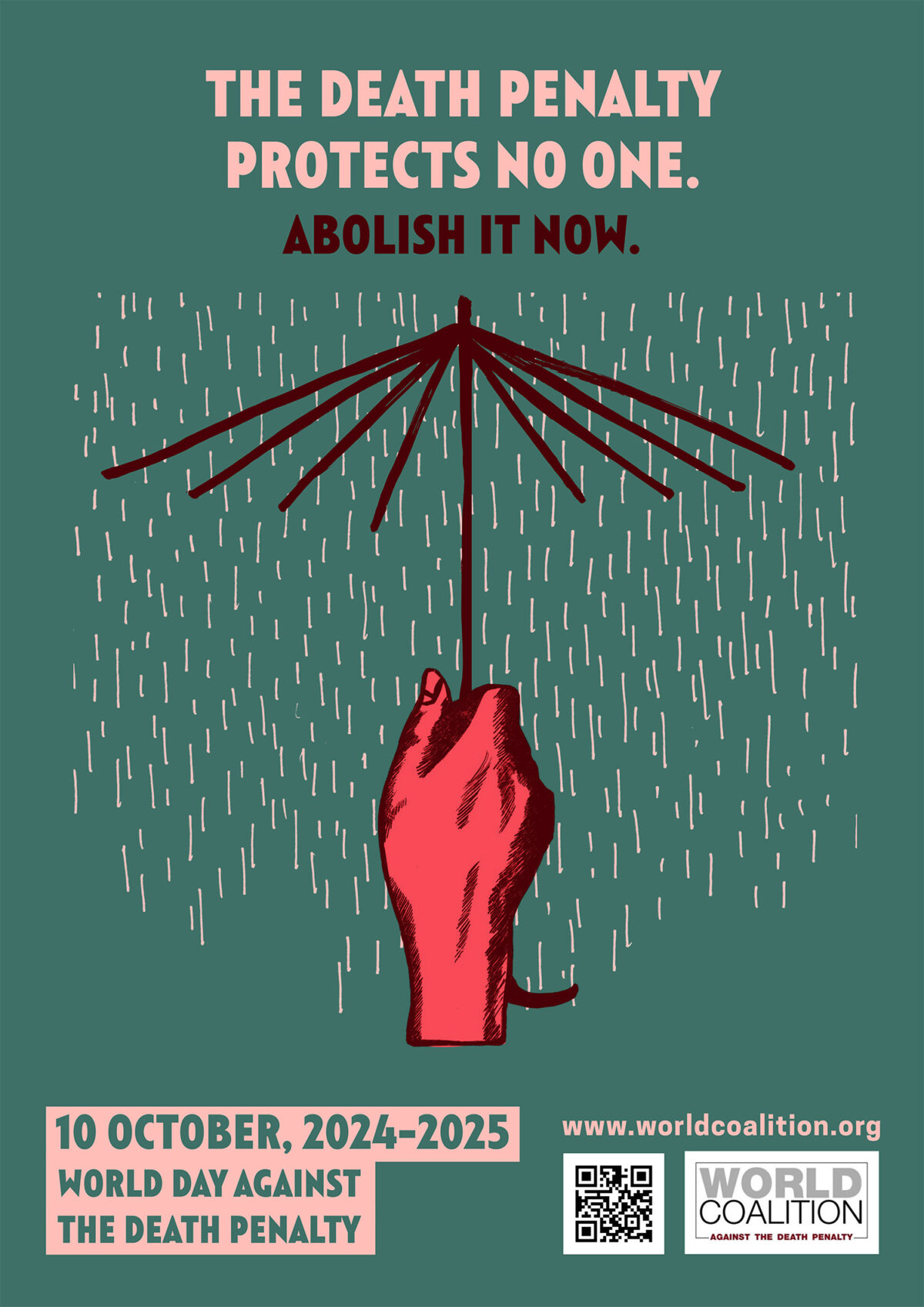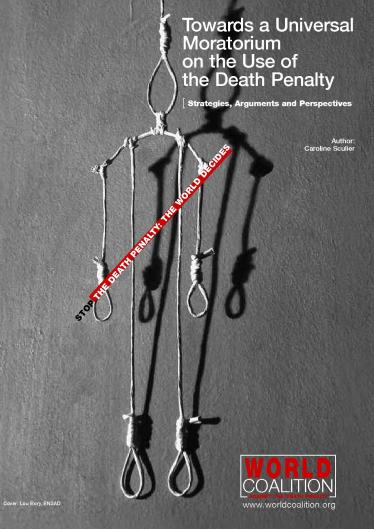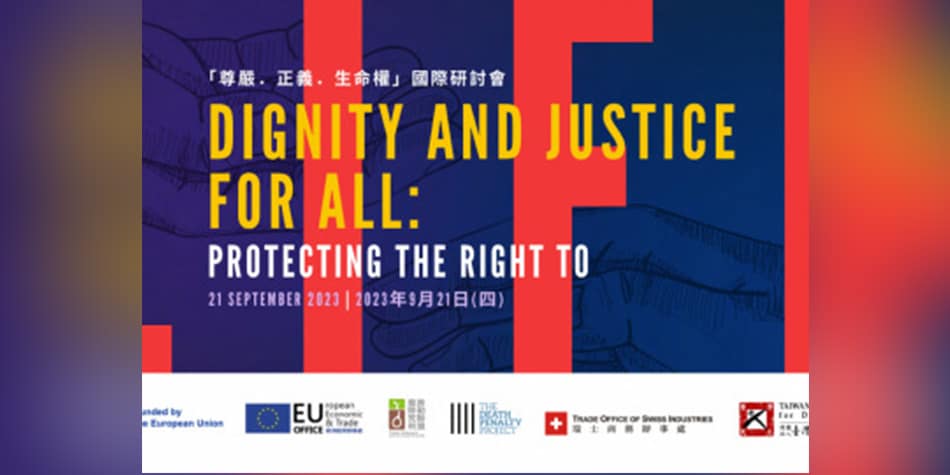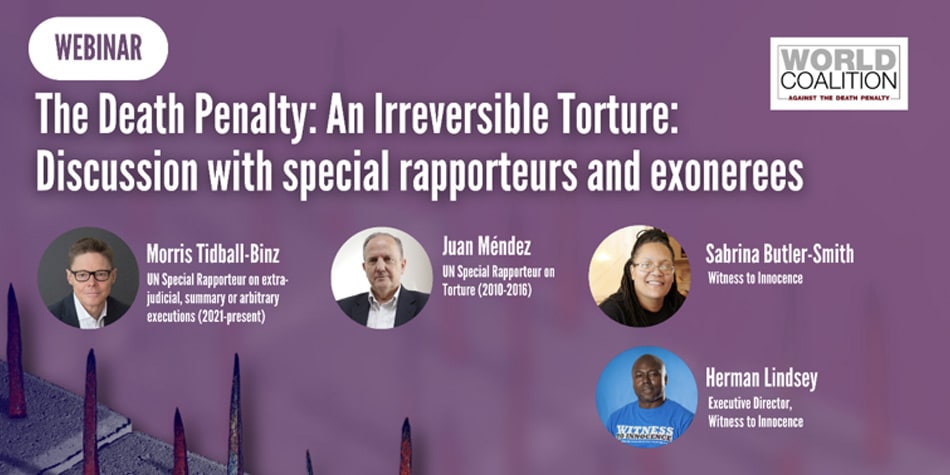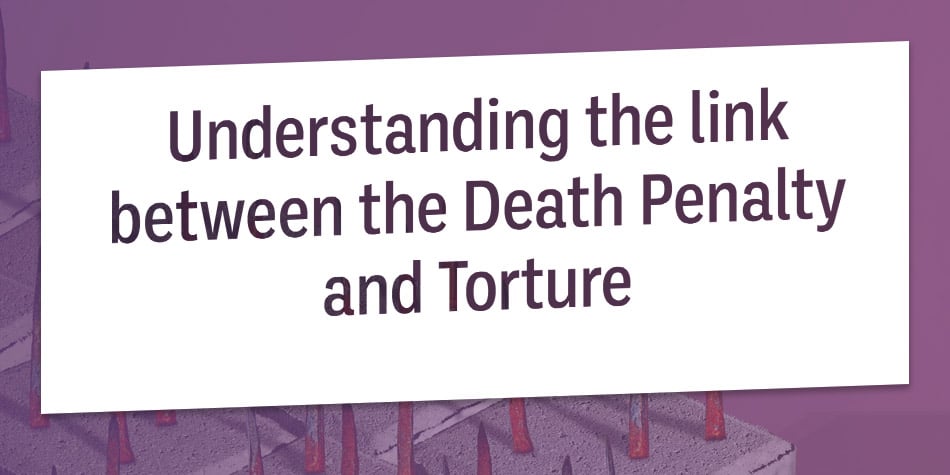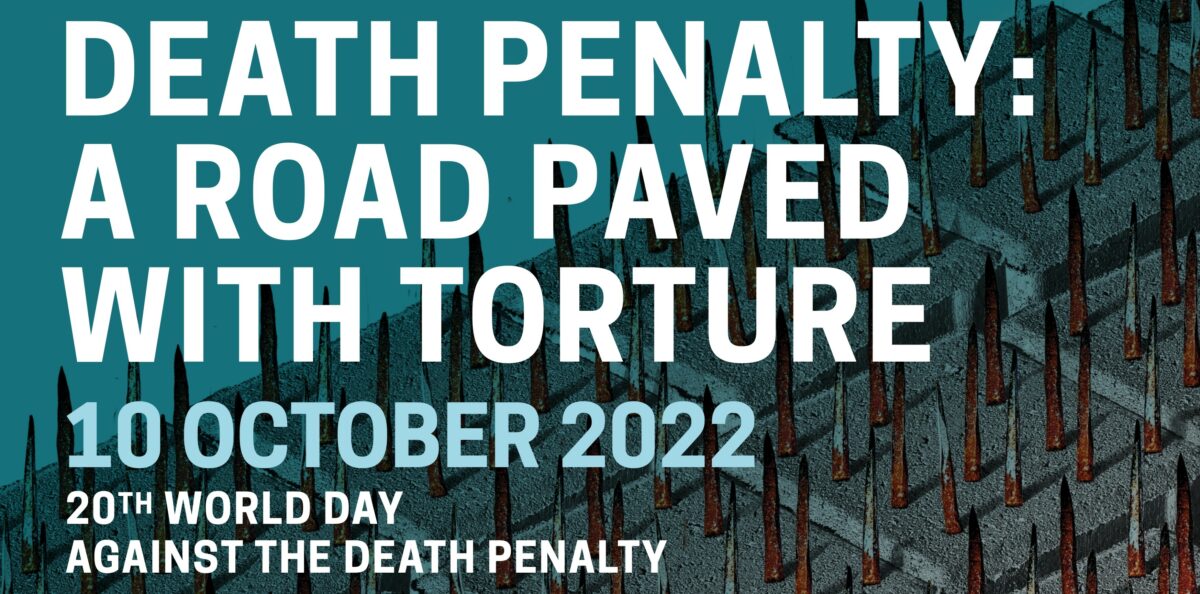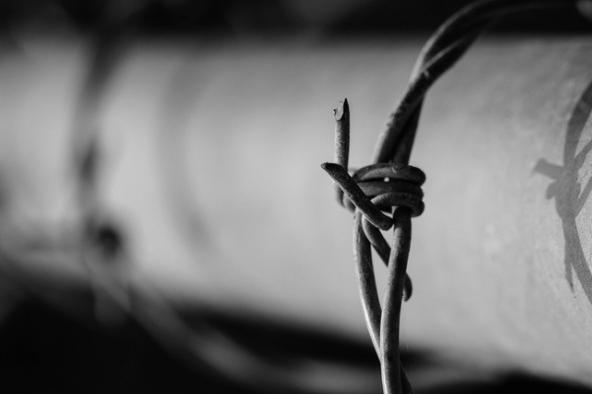
No mention of death row prisoners in Mandela rules
International standards
Chosen as the theme of the World Day against the Death Penalty on 10 October 2018, living conditions on death row are subjected to general standards in line with those of people deprived of their liberty, as enshrined in a series of treaties and reference guidelines: the Universal Declaration of Human Rights, the International Covenant on Civil and Political Rights, Convention against Torture, the Convention on the Rights of the Child, and African Charter on Human and Peoples’ Rights (Articles 4, 5 and 6), African Charter on Human Rights and Child Welfare, Robben Island Guidelines, the 1955 Mandela Rules (revised in 2015), complemented by the Beijing Rules on Minors Deprived of their Liberty and the Bangkok Rules on Women Deprived of their Liberty.
In this context, this 70th anniversary of the Declaration of Human Rights is also an opportunity to question ourselves on the need to strengthen existing international standards on living conditions on death row.
Living conditions on death row: a general protection and missed opportunities
While there are many legal norms guaranteeing general protection for detainees – and therefore for those sentenced to death – there are no legal provisions guaranteeing specific protection for prisoners sentenced to death, even though there are certain vulnerabilities for which international human rights law remains silent to this date.
Unfortunately, the review of the Mandela rules in 2015 did not include specific final provisions for living conditions of death row inmates, while additional standards for minors and women deprived of their liberty exist. In addition, the European Union guidelines on torture and the death penalty do not address the issue of living conditions of death row inmates at all, whereas the European Union’s Action Plan on Human Rights (2015-2019) includes in point 13(a) the need to work towards minimum standards.
Another disappointing event was the very recent revision and adoption of General Comment No. 36 on Article 6 of the International Covenant on Civil and Political Rights and the Right to Life by the United Nations on 30 October, which remains completely silent on the issue of living conditions on death row.
Lack of grounding in international human rights law
The legal vacuum is only rarely in favour of the most vulnerable rights holders, such as the incarcerated and the sentenced to death. For example, there is no specific definition of “death row” and “prison isolation”, which affect a significant proportion of people on death row around the world (over 20 000 people now, according to official statistics).
Living conditions on death row vary dramatically from one continent to another. In some countries, they are held in separate prison blocks; in other countries, prisoners sentenced to death are kept with the general prison population. In both cases, their needs are intricately linked to their sentence and are not taken into consideration. Death row forces isolation upon prisoners and presents it as an administrative and non-disciplinary measure. However, isolation very often amounts to real torture, and endless, since good conduct provides no means of escape. People sentenced to death held with the general population are easy targets because they are doomed to die; as a result, authorities pay little attention to their future or their daily lives. If the sentence is imminent death, it cannot lead to degrading treatment or daily torture, hence the need to regulate the living conditions on death row.
Food for thought
Living conditions on death row are particularly difficult in many aspects of deprivation of liberty. The following points should be enshrined as minimal legal guarantees, in the name of human dignity:
• Access to the outside world (family, lawyers, diplomatic or consular representation), with increased vulnerability for women and minors. The challenge is to maintain the social fabric. Some prisons holding death row prisoners are located hundreds or even thousands of kilometers away from the cities, which is likely to undermine the prisoners’ links with family or loved ones.
• Access to health care, medical staff and specific care (particularly psychological care). In many prison systems, the death sentence is an aggravates the denial of general access to health care. An organization defending the rights of death row inmates in Pakistan (particularly in the Punjab region) reports weekly deaths in custody due to poor sanitary conditions, including regular deaths of people on death row.
Next, specific training of prison officer on health issues and the “death row syndrome” should be addressed in a specific recommendation or rule.
• Access to the courtyard and to outdoor areas: the minimum standard is one hour a day; however, many death row prisoners are granted access to an indoor courtyard and remain deprived of fresh air.
• Access to free and quality legal aid for appeal proceedings, with automatic access to an interpreter if necessary.
• Access to education and physical activities. For example, in Malawi, women sentenced to death can participate in gardening. In Burkina Faso, women prisoners, including those sentenced to death, can read what they want, which is not the case in all prison systems.
• The issue of the remains and personal belongings of those sentenced to death. International standards are far from explicit on this subject. In order to be able to grieve, like the families of victims of forced disappearances who have later been found, families should be able to recover the body of the executed individual, all his or her personal belongings, in order to hold proper funeral rites.
• Internal or external inspections of living conditions on death row should lead to regular visits and reports. Unfortunately, the issue isn’t mentioned in the current iteration of international standards.
• The issue of being part of a minority group: in a number of States where the death penalty is applied, being a minority (e. g. Afghans or Ahwaz Arabs in Iran) is an aggravating factor similarly to other factors such as poverty or level of education. The same applies to the issue of sexual orientation and gender identity. In this context, Mandela rules are not sufficiently inclusive and precise regarding the need for non-discrimination, which transcends all treaties on the protection of human rights.
• The issue of the media. This refers to raising awareness of living conditions on death row and soliciting actors to develop research on these aspects, in the spirit of rule 70 of the 2011 Bangkok Rules on Women Deprived of Liberty.
Conclusion
The purpose of this first article was shed light the very obvious shortcomings of international human rights law regarding the specific protection of death row prisoners around the world. International human rights law is to be strengthened and discussed in terms of experiences, good practices and jurisprudence at the regional and national levels.
That is why Planète Réfugiés-Droits de l’Homme will organise a side event on 26 February in Brussels, prior to the opening of the World Congress against the Death Penalty: it will be the first of many workshops on the development and drafting of standards specific to living conditions on death row. We hope to see you all in Brussels!
For more information on the side event, please contact Nordine Drici (nordinedrici@hotmail.fr) and Sandrine Ageorges-Skinner (sandrine.ageorges@gmail.com).
Categories
Death Row Conditions

